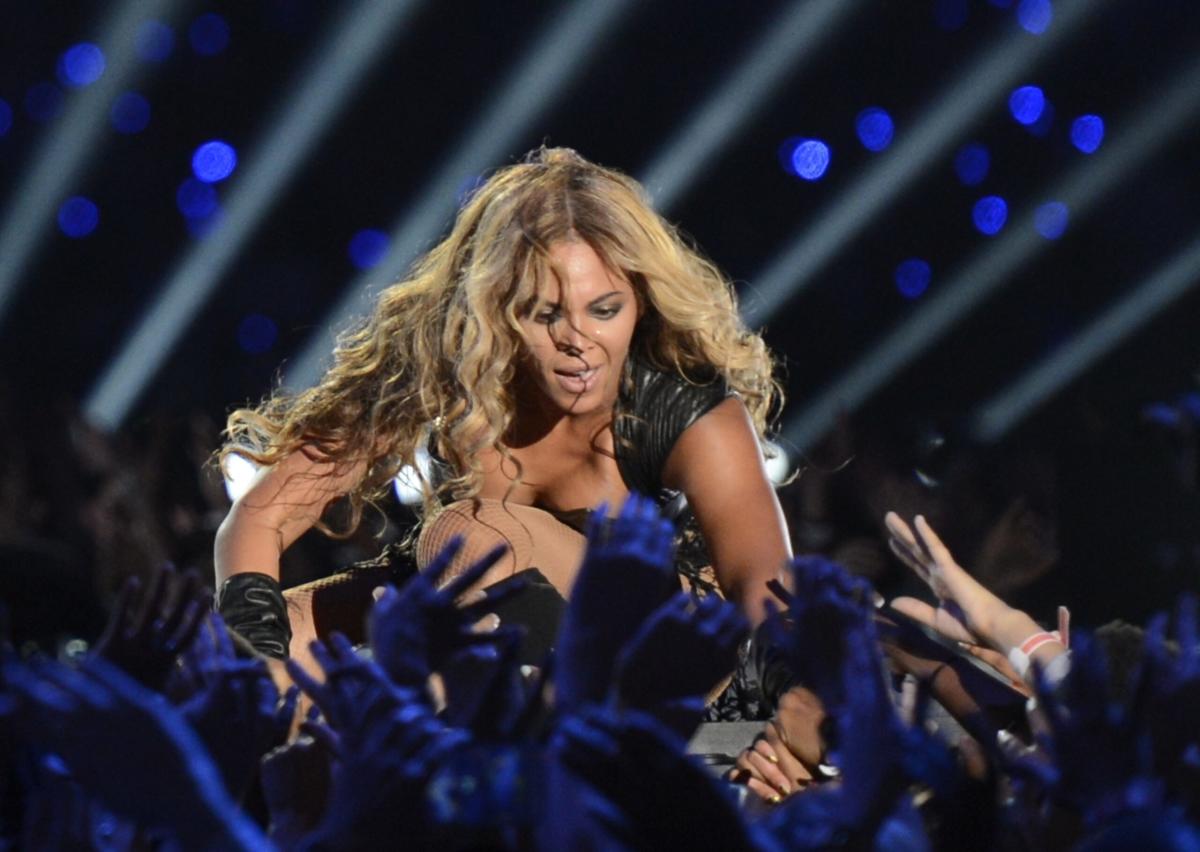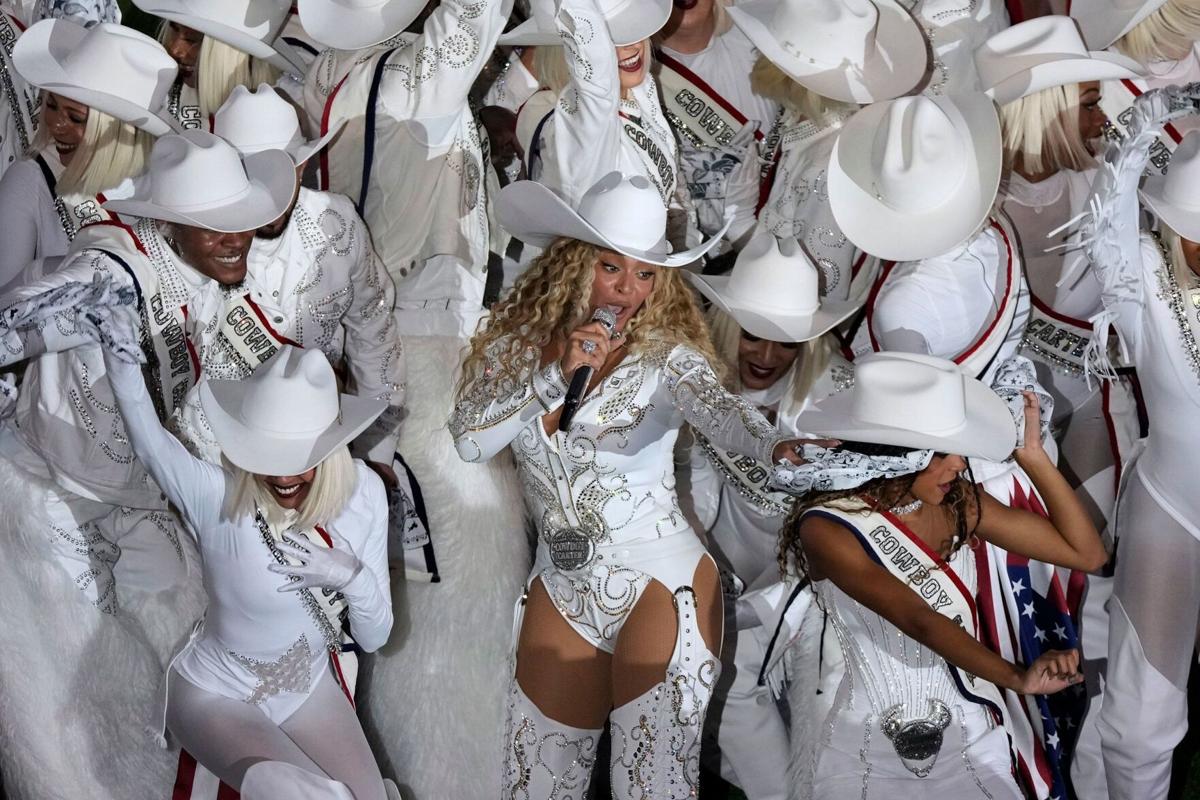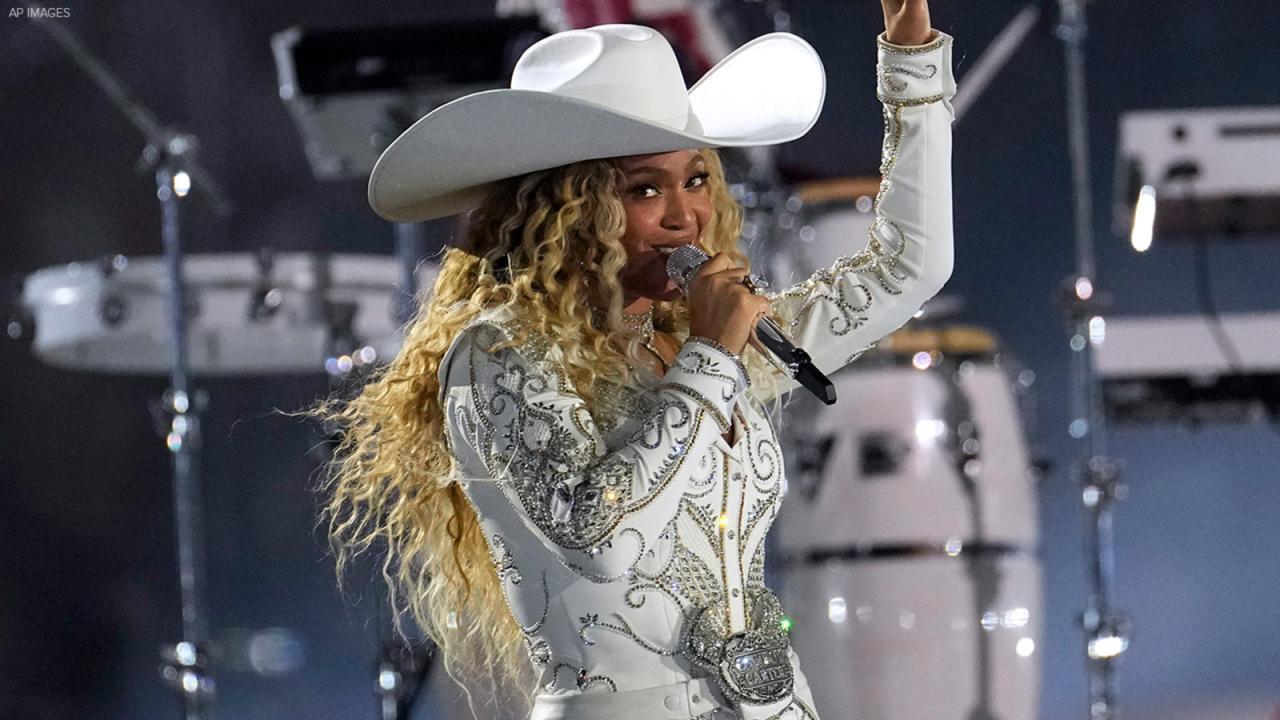Halftime shows have evolved from simple intermissions to cultural extravaganzas, captivating audiences with their dazzling performances, innovative production, and profound impact on society. From iconic performances that have left an indelible mark on popular culture to cutting-edge technological advancements that have transformed the audience experience, halftime shows have become an integral part of the entertainment landscape.
Throughout history, halftime shows have undergone a remarkable transformation, reflecting the changing tastes and technological advancements of their time. From humble beginnings as marching bands and simple dance routines, they have blossomed into elaborate productions featuring world-renowned artists, pyrotechnics, and mind-boggling visual effects.
Halftime Show Evolution
Halftime shows have evolved from simple marching band performances to elaborate, high-production spectacles that captivate millions of viewers worldwide.
In the early days of football, halftime was a time for teams to rest and regroup. But as the sport grew in popularity, so did the desire for entertainment during the break. In the 1920s, marching bands began to perform at halftime, and by the 1950s, halftime shows had become a regular feature of major football games.
Increasing Popularity and Cultural Significance
In recent years, halftime shows have become increasingly popular and culturally significant. They are now seen as a major entertainment event, and some of the world’s biggest stars have performed at halftime of major football games.
Halftime shows have also become a platform for social and political messages. In 2016, Beyoncé performed a halftime show that celebrated black culture and the Black Lives Matter movement. In 2018, Lady Gaga used her halftime performance to call for unity and compassion.
Halftime Show Performances
The Super Bowl halftime show has become one of the most iconic events in American pop culture. Year after year, the NFL enlists some of the biggest names in music to perform during the game’s halftime, and these performances often have a lasting impact on popular culture.
Some of the most memorable halftime show performances include:
- Michael Jackson’s 1993 performance, which is widely credited with turning the halftime show into a major cultural event.
- Prince’s 2007 performance, which was praised for its energy and creativity.
- Beyoncé’s 2013 performance, which featured a reunion of Destiny’s Child.
- Lady Gaga’s 2017 performance, which was praised for its theatricality and political message.
- The Weeknd’s 2021 performance, which was praised for its dark and atmospheric visuals.
These performances have had a significant impact on popular culture. They have helped to launch the careers of some of the biggest stars in music, and they have set the standard for future halftime shows.
Criteria for Evaluating Halftime Show Performances
There are a number of criteria that can be used to evaluate halftime show performances. These include:
- Entertainment value:The performance should be entertaining and engaging for the audience.
- Technical execution:The performance should be well-rehearsed and executed without any major glitches.
- Cultural impact:The performance should have a lasting impact on popular culture.
- Originality:The performance should be unique and original, and not simply a rehash of previous halftime shows.
- Relevance to the Super Bowl:The performance should be relevant to the Super Bowl and its audience.
By using these criteria, we can evaluate halftime show performances and determine which ones are the most successful.
Halftime Show Production
The halftime show at the Super Bowl is a highly anticipated and complex production that involves months of planning and preparation. The process begins with a creative team brainstorming ideas for the show, which must be both entertaining and visually stunning.
Once a concept is chosen, the team begins to develop the show’s narrative, music, and choreography. The production team then works to create a set design, lighting, and sound system that will bring the show to life.
The halftime show is a live event, which means that there are many challenges and complexities involved in its production. The team must work to ensure that the show runs smoothly and without any major glitches. They must also be prepared for any unexpected events, such as weather delays or power outages.
Despite the challenges, the halftime show is a beloved tradition that brings people together from all over the world.
Innovative Production Techniques
Over the years, the halftime show has evolved to incorporate a variety of innovative production techniques. These techniques have helped to create shows that are more visually stunning and engaging than ever before. Some of the most common innovative production techniques used in halftime shows include:
- Augmented reality:Augmented reality (AR) is a technology that allows digital images to be superimposed on the real world. This technology has been used in halftime shows to create immersive experiences for viewers, such as the time when Lady Gaga performed on a flying stage.
- Virtual reality:Virtual reality (VR) is a technology that creates a simulated environment that users can explore. This technology has been used in halftime shows to give viewers a behind-the-scenes look at the show’s production.
- Holograms:Holograms are three-dimensional images that can be projected into the air. This technology has been used in halftime shows to create realistic and lifelike performances, such as the time when Michael Jackson performed a hologram of himself.
These are just a few of the innovative production techniques that have been used in halftime shows. As technology continues to evolve, we can expect to see even more amazing and groundbreaking shows in the years to come.
Halftime Show Impact
Halftime shows have a significant impact on the economy, society, and culture. They generate billions of dollars in revenue and create jobs, while also shaping public opinion and promoting social change.
Economic Impact
- Halftime shows generate revenue through ticket sales, merchandise sales, and advertising. The 2023 Super Bowl halftime show generated an estimated $500 million in revenue.
- Halftime shows create jobs for performers, production crews, and other workers. The 2023 Super Bowl halftime show employed over 1,000 people.
Social and Cultural Impact
- Halftime shows are a major cultural event that brings people together. They provide a platform for artists to share their music and message with a global audience.
- Halftime shows can promote social change. For example, the 2019 Super Bowl halftime show featured a performance by Jennifer Lopez and Shakira, which celebrated Latinx culture and women’s empowerment.
Role in Shaping Public Opinion
- Halftime shows can shape public opinion by reflecting the values and beliefs of society. For example, the 2021 Super Bowl halftime show featured a performance by The Weeknd, which explored themes of racial injustice and police brutality.
- Halftime shows can also influence public opinion by promoting specific causes or organizations. For example, the 2017 Super Bowl halftime show featured a performance by Lady Gaga, which raised awareness for sexual assault.
Halftime Show Technology
Halftime shows have undergone a technological revolution in recent years. From the introduction of high-definition television to the use of drones and augmented reality, technology has transformed the way these shows are produced and experienced by audiences.
Enhanced Production Capabilities
- High-definition cameras and video editing software have dramatically improved the visual quality of halftime shows, allowing for stunning visuals and intricate choreography.
- Drone technology has opened up new possibilities for aerial shots and dynamic camera angles, giving viewers a bird’s-eye view of the performance.
- Augmented reality (AR) has been used to create immersive experiences, such as projecting virtual images onto the field or allowing viewers to interact with the show through their smartphones.
Elevated Audience Experience, Halftime show
- Multi-camera setups and real-time editing enable directors to create seamless transitions and highlight the most exciting moments of the show.
- Surround sound systems and immersive audio technologies provide a captivating soundscape that transports viewers into the heart of the performance.
- Interactive technologies, such as social media integration and live polls, allow audiences to engage with the show in real time and share their experiences.
Future of Technology in Halftime Shows
The future of technology in halftime shows is limitless. As technology continues to advance, we can expect to see even more innovative and groundbreaking uses of technology in these iconic performances. Some potential future advancements include:
- Virtual reality (VR) and augmented reality (AR) experiences that allow viewers to immerse themselves in the show and interact with the performers.
- Artificial intelligence (AI) to generate personalized content and create real-time effects that adapt to the audience’s reactions.
- Holographic projections that create lifelike images of performers and create immersive environments.
Conclusive Thoughts
Halftime shows have not only become a global entertainment phenomenon but also a powerful force in shaping public opinion and promoting social and cultural causes. As we look to the future, technology will continue to play a pivotal role in enhancing the production and audience experience of halftime shows, promising even more awe-inspiring and unforgettable performances.
FAQ Section
What is the history of halftime shows?
Halftime shows have their roots in the early days of American football, when marching bands and cheerleaders would perform during the halftime break to entertain the crowd.
What are some memorable halftime show performances?
Some of the most memorable halftime show performances include Michael Jackson’s iconic performance in 1993, Prince’s legendary set in 2007, and Lady Gaga’s gravity-defying show in 2017.
How has technology influenced halftime shows?
Technology has played a major role in transforming halftime shows, from the use of pyrotechnics and lasers to the integration of augmented reality and virtual reality.


